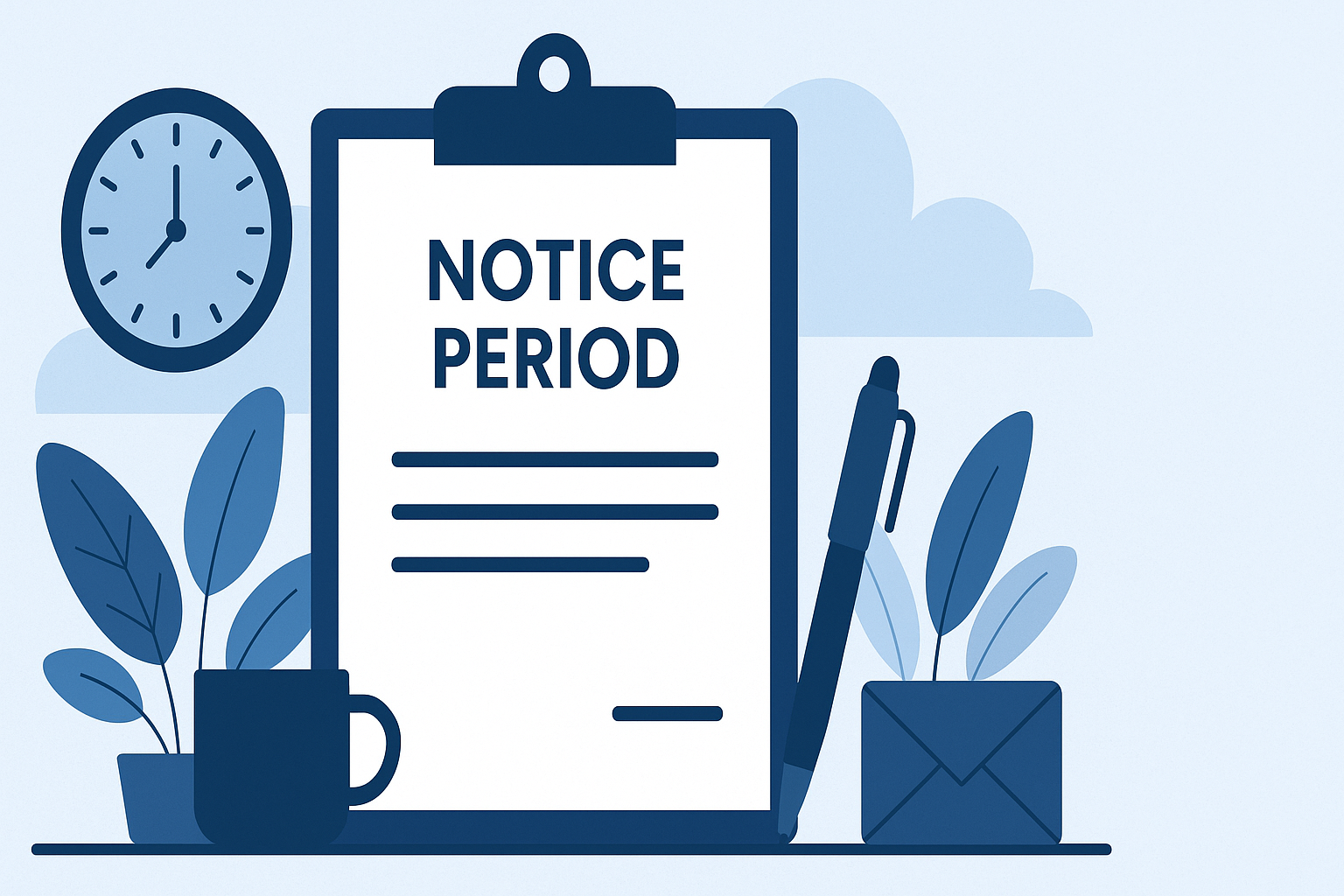In this article, we will throw a light on the different types of paid leave offered by the companies in the UK.
But, before we move ahead with the distinct types of paid leave, let’s first understand the types of leave format that is divided in two types:
Paid leave
Unpaid leave
The Employment Rights Act 1996 outlines various employee entitlements regarding both paid and unpaid leave.
So, let’s take a tour of these 2 major leave formats and get a clear idea before we proceed in-depth on the topic.
What Is Paid Leave?
The concept of paid leave implies when you take time off from work for personal reasons, illness, vacations, or any other reason that entails a wage replacement.
A private or government employee is entitled to a certain no. of paid leaves provided by the organisation for the year. The leave can be utilised according to the company’s leave , regardless of whether they are employed in the private or public sector.
Various employers prefer to offer an allotment amount of paid leave to their team to ensure they remain financially balanced and stable during the time away from their work responsibilities.
Some companies prefer to propose to their employees a set number of paid leave hours that they can utilise for any personal instances.
Others authorise their employees to accumulate this paid leave over time based on how many days and hours they perform.
Now you review your company’s handbook to determine how many hours of paid leave you’re allotted.
What Is Unpaid Leave?
Unpaid leave refers to the extended time period your employers permit you to take off of work without providing you with any remuneration during that particular time phrase.
But, in case your reason for time off is considered under the “Family and Medical Leave Act, 1993, then you will be allowed certain extended days of unpaid leaves without affecting your job or position in the company.
Some employers let you put your accrued holiday time toward your leave of absence. The granting of unpaid leave is often at the employer’s discretion, and they have the flexibility to determine the length and conditions of such leave. If your holiday hours run out and you still need more days to remain on leave, the rest of that time will typically be unpaid. Employers can refuse requests for unpaid leave under certain conditions, such as if the leave could negatively impact business operations.
Types Of Paid Leave
Paid leave is a type of leave that allows employees to take time off from work while still receiving their regular salary or wages. In the UK, there are several types of paid leave that employees are entitled to, including annual leave, bereavement leave, jury service leave, and sabbatical leave.
Type Of Paid Leave
Maternity Leave
Maternity leave is the time off work endowed to an employee before and after giving birth. The utmost an employee can take off is 52 weeks of maternity leave.
Maternity leave is classified into two types:
Ordinary maternity leave: This type of maternity leave covers the first 26 weeks of pregnancy.
Additional maternity leave: This type of leave covers the second 26 weeks of pregnancy.
Unless the baby is delivered early, the most premature leave an employee can take is 11 weeks before the time of due date. Also, an employee can take at least two-four weeks of leave post-delivery, especially if she is a factory worker.
Under UK Law: Qualified employees can acquire statutory maternity pay for up to 39 weeks.
Usually, they will obtain 90% of their moderate weekly earnings before tax for the first six weeks, heeded by £148.68 or 90% of their average weekly earnings (whichever is lower) for the rest of 33 weeks.
Paternity Leave
Paternity leave is the time off work given to an employee if they and their partner will have a baby, adopt a child, or have a baby through a surrogacy approach.
The most an employee can take off is two weeks:
A worker or an employee can decide to take one week or two straight weeks of leave.
If an employee has more additional children than one child, e.g. twins or triplets, the duration of time remains the same.
Under UK Law: Qualified employees obtain statutory paternity revenue of either £148.68 per week or 90% of their average weekly earnings: whichever is more inferior.
Sick Leave and Jury Duty
Paid sick leave, also termed as “statutory sick pay” (SSP), is a type of paid leave wherein you pay the employee for being sick for more than four consecutive days.
This can also count the non-working days if it is mentioned in the organisation’s leave policy.
And when the employee starts working from the 4th qualifying day, the company starts paying him/her statutory sick pay.
Under UK Law: Suitable employees receive statutory sick pay of £94.25 for 28 weeks.
Annual Leave
Annual leave, also known as statutory leave entitlement, is a type of paid leave that employees are entitled to under UK law. Employees are entitled to a minimum of 5.6 weeks of paid annual leave per year, which can be taken at a time agreed with their employer. Annual leave is usually taken for holidays, vacations, or other personal reasons.
Bereavement Leave
Bereavement leave is a type of paid leave that allows employees to take time off to deal with the death of a loved one. While there is no statutory entitlement to paid bereavement leave in the UK, many employers offer a certain number of paid days off for bereavement. The amount of paid bereavement leave varies depending on the employer’s policies and the circumstances of the employee’s loss.
Sabbatical Leave
Sabbatical leave is a type of paid leave that allows employees to take an extended period of time off from work to pursue personal or professional interests. While there is no statutory entitlement to paid sabbatical leave in the UK, some employers offer paid sabbaticals as a benefit to their employees. The terms and conditions of paid sabbatical leave vary depending on the employer’s policies and the employee’s employment contract.
It’s worth noting that paid leave is different from unpaid leave, which is a type of leave that allows employees to take time off from work without receiving pay. Unpaid leave is often used for personal or family emergencies, career breaks, or other reasons that are not covered by paid leave.
Conclusion and Employment Rights Act
No matter what this contemporary business world demands, it is not in your hands to oversee employees from taking leave, whether paid or unpaid. Unpaid time off policies are equally important to manage effectively.
What is in your hands is to control and track these employee leaves accurately without any human error. Offering career breaks can positively influence employee retention and should be clearly outlined in your policies. Compassionate leave policies should be in place to support employees during emotional times, such as following the death of a close relative. Determining how much unpaid leave to grant can vary and should be clearly communicated to employees. Policies should also address time off for medical appointments, especially for pregnant employees or those with disabilities. Parental leave, including unpaid parental leave, is a statutory right and should be clearly defined in your policies. Employees are entitled to take reasonable time off for public duties, such as serving as magistrates or local councillors. Employers have the discretion to refuse unpaid leave requests under certain conditions, which should be clearly outlined in your policies. Unpaid parental leave is distinct from other forms of unpaid leave and is a statutory right for parents.
Yes, you read it right! ScheduleLeave’s staff holiday planner software drives it super uncomplicated and convenient. To find out more, read our article: What Makes ScheduleLeave The Best Absence Management Software?




